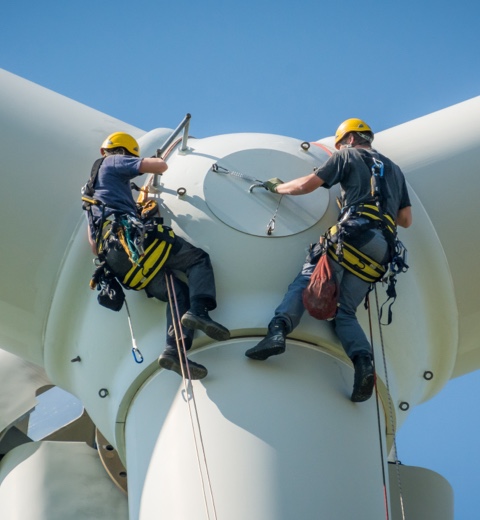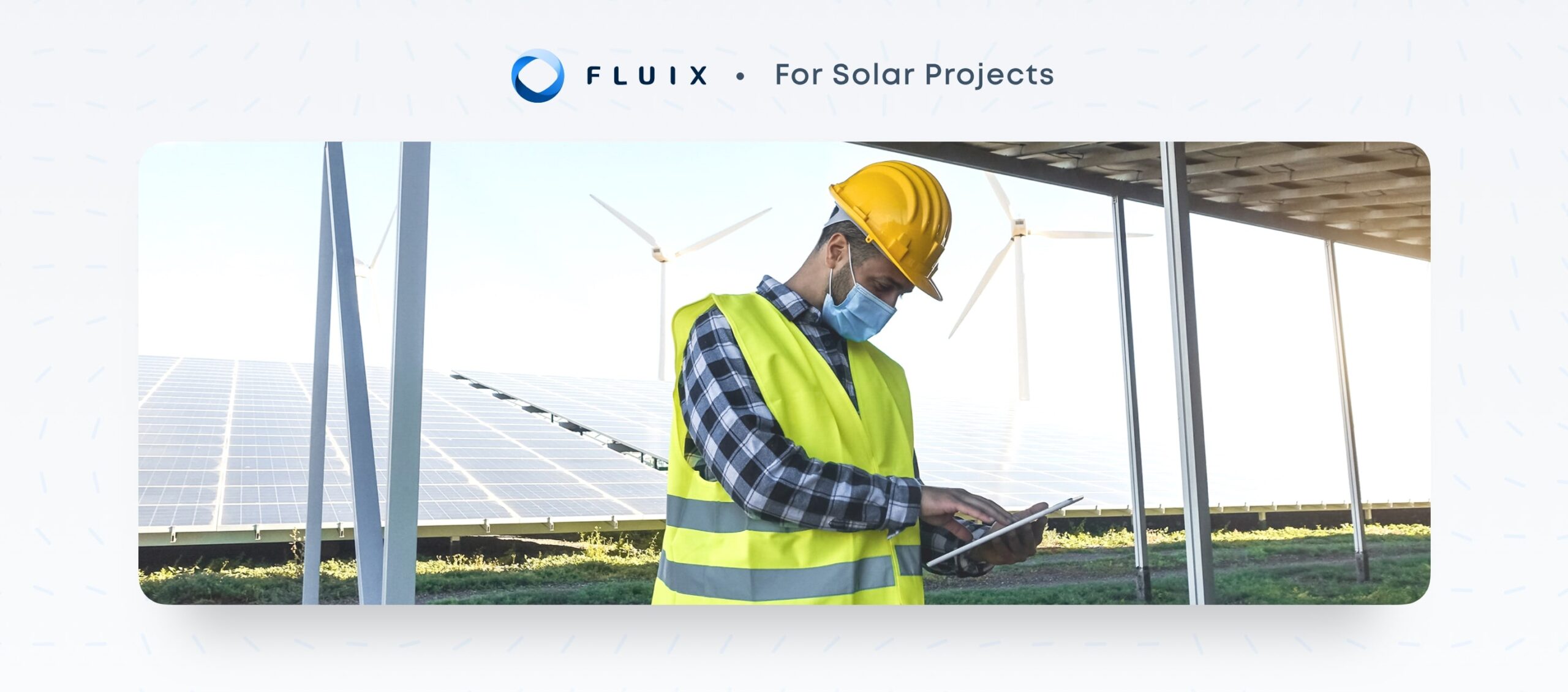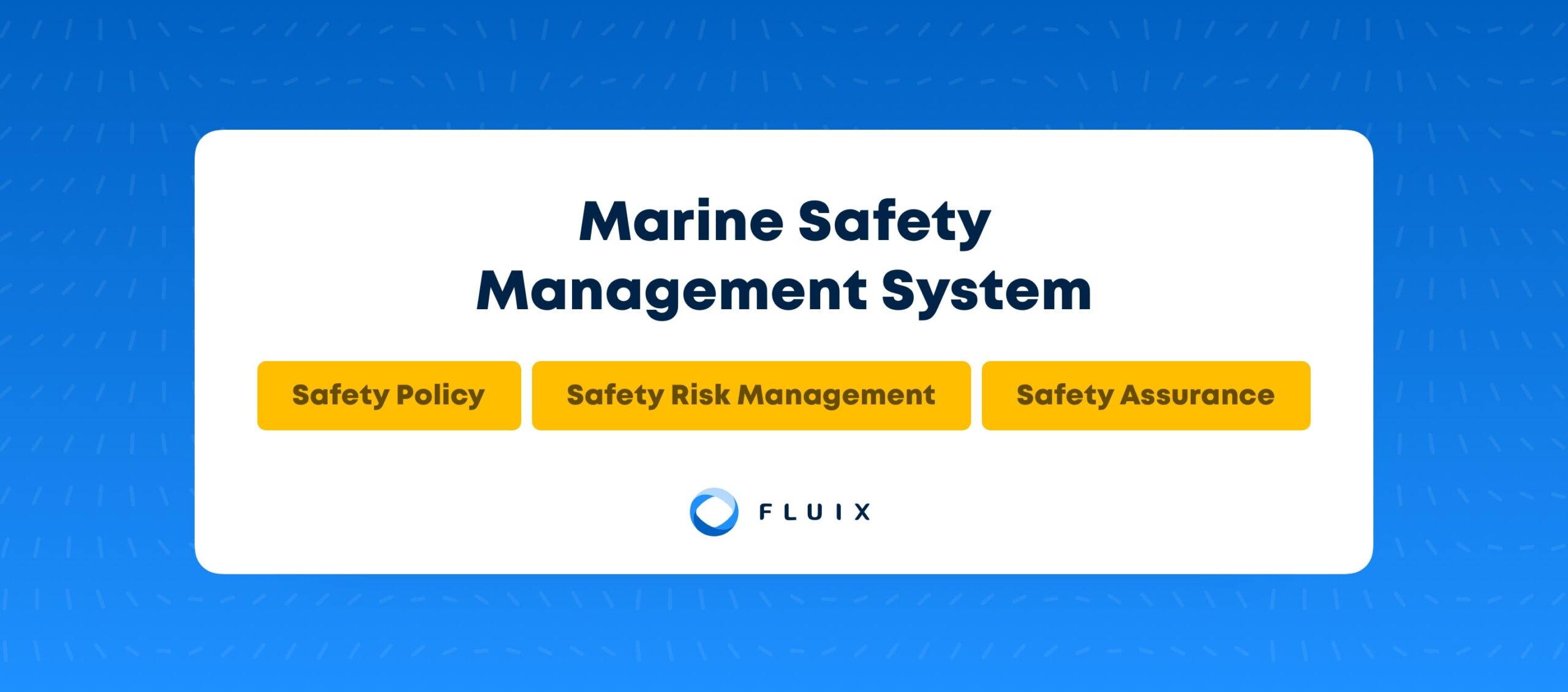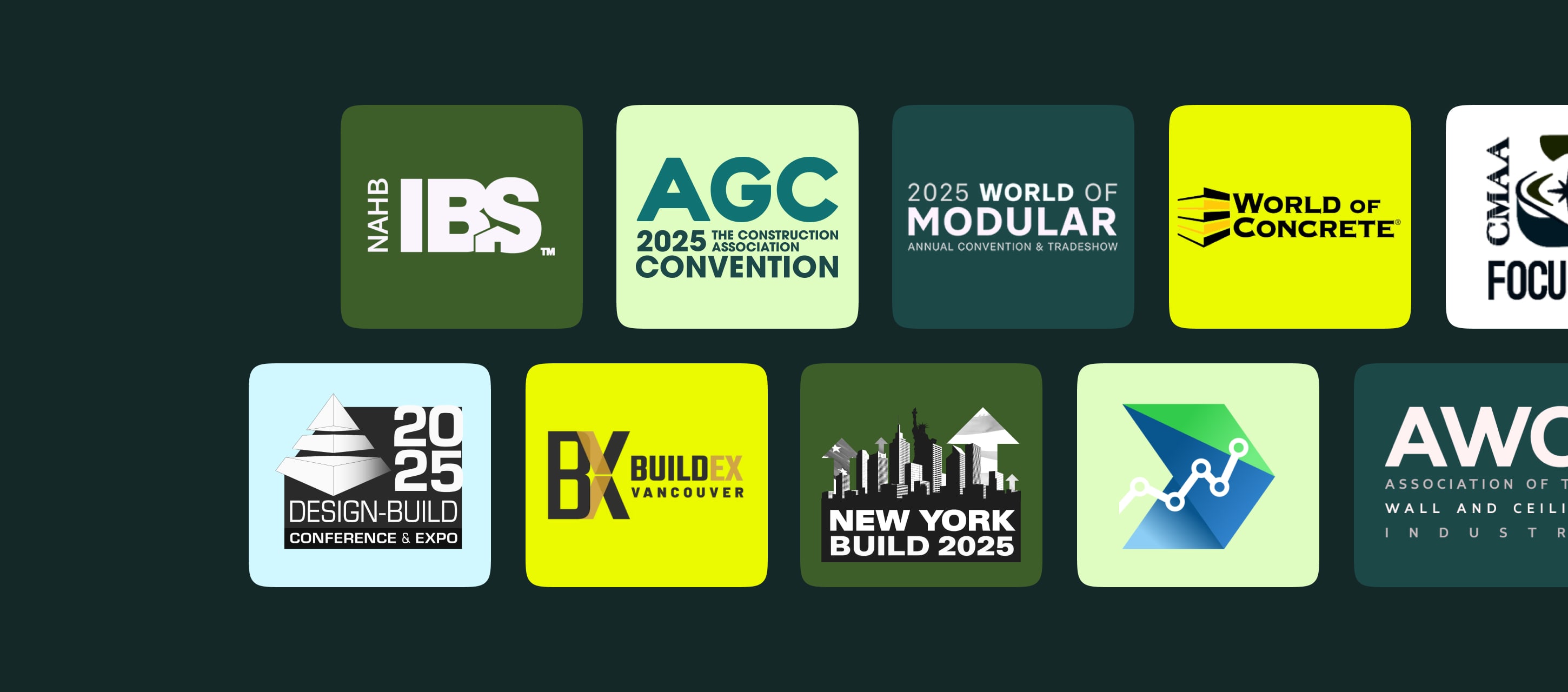Climate change has contributed to more extreme weather conditions around the world, including more frequent and intense hurricanes, floods, and wildfires. This can mean significant equipment damage and lost revenue due to power outages for solar projects. So, can solar panels survive hurricanes? What are the additional risks, and what can you do about them?
Does Heat Affect Solar Panel Performance?
Engineers design solar panels to withstand a wide range of temperatures, but heat can still affect their performance. In general, higher temperatures decrease the power output of solar panels. The further above room temperature that the heat climbs, the worse it becomes. Semiconductor materials used in solar cells are less efficient at converting sunlight to electricity at higher temperatures.
For example, a solar panel could have a temperature coefficient of -0.35. This means that the solar panels will see a 0.35% decrease in efficiency for every 1°C above room temperature. Note that experts commonly calculate the temperature coefficient using Celcius instead of Fahrenheit.
What Wind Speed Can Solar Panels Withstand?
Solar panels hold up well to high winds, but the exact wind speed depends on the panel type. Most solar panels can withstand winds up to 120 mph, and some companies claim wind resistance of up to 150 mph winds.
A sufficient amount of wind can create a lifting effect underneath solar panels. However, panels would need to be poorly mounted for this effect to cause panels to take flight at lower speeds.
Can Solar Panels Survive Hurricanes?
You might think the main concern during hurricanes is heavy wind, but the primary risk is flying debris. These can break solar panels and severely reduce their efficiency or take them out of commission. That said, Hurricane Irma did surprisingly minor damage to the largest solar systems in Florida. According to some sources, in 2017, NextEra Energy Inc.’s Florida Power & Light allegedly had a million panels in the storm’s path. Yet, Hurricane Irma damaged only 400 of these solar panels.
Wind speeds also affect whether panels hold up to hurricanes. The National Hurricane Center uses the Saffir-Simpson hurricane wind scale to determine hurricane categories based on sustained wind speeds:
- Category 1: 74-95 mph (64-82 kt)
- Category 2: 96-110 mph (83-95 kt)
- Category 3: 111-129 mph (96-112 kt)
- Category 4: 130-156 mph (113-136 kt)
- Category 5: 157 mph or higher (137 kt or higher)
Even if you accept that solar panels can withstand up to 150 mph, a bad Category 4 storm could pose a severe threat. By Category 3, homes are also at serious risk of losing their roofs, with total roof failure expected by Category 5. Roof-mounted solar panels are only as strong as the roofs they cling to.
Top Energy Podcasts to Follow for Industry Insights
Selection of podcast, covering topics related to wind and solar energy, cleantech, and the sustainable energy approaches, solutions and news.


What Is the Likelihood of Solar Farm Hail Damage?
While solar panels can withstand hail, damage can still occur. The type of panel makes a difference. Polycrystalline silicon panels have a glass layer that is less durable than monocrystalline silicon panels. However, monocrystalline silicon panels are more expensive and can still break with enough force.
Despite the risk of panels breaking, you need some large and thick pieces of hail to accomplish this. Consider how events unfolded in Denver at the National Renewable Energy Laboratory. In 2017, golf-sized hail smashed windows, dented roofs and totaled cars. After the storm, the staff at the laboratory went out to inspect the roughly 3,000 panels mounted. Incredibly, the team found that only one panel had broken.
What Can Companies Do To Mitigate Extreme Weather Risks to Solar Projects?
The cost of solar has rapidly declined over the years, but the upfront costs still represent a significant investment. The larger the project is, the more accurate this becomes. Changes to weather patterns across America and the rest of the world have also compelled engineers to rethink how they plan to safeguard this investment from unpredictable weather.
So, what can companies do to minimize the risk of hail and other severe weather? How can you hurricane proof solar panels?
Start With Climate Change
When solving a problem, the best place to start is the source of the problem. The unfortunate reality is that positive human activity might not successfully curb climate change effects in this lifetime, but efforts today can slow effects for the future. This can reduce the rapid changes and the increasing severity of weather events.
Install Impact-Resistant Glass
This type of glass resists flying debris and can help keep your solar panels working after a storm. The glass is usually clear, but a lightly tinted variant exists that can also reduce solar panel heat damage.
Use Composite Materials
The solar panels themselves mount to metal frames or racks. However, some manufacturers now use composite materials for frames and racks. These composites better resist breaking and can add an extra layer of protection for your panels during extreme weather events.
Anchor Your Panels
You cannot hurricane-proof solar panels if they take off like kites in high winds. That is why proper anchoring is critical. Secure both the frame and the panels to prevent movement during heavy winds. If you choose to have a rotating system, ask your engineer or installation company how best to anchor it.
Use Hurricane Clips
These special metal fasteners help keep your roof in place during a hurricane. They can help your solar panels better resist high winds. They also improve your chances of keeping your solar panels affixed to your roof.
Reinforce the Roof
Reinforcing the roof might be a good idea before installing solar panels if you install panels in an area prone to hurricanes. Depending on the age of the roof, a replacement could be the best course of action. Doing so reduces the risk that your panels might be lost in hurricane-strength wind due to roof failure.
Leverage the Power of Technology
Technology can help you better prepare for extreme weather events, from weather radars to automated job site checklists. Even the most advanced technology can’t currently stop a hurricane, but it can give you the information you need to make informed decisions about your project and plan for the worst.
How Can Fluix Help You Protect Your Solar Project?
The most successful solar projects involve proactive planning for various threats. These manifest as job site checklists and the compilation of data collected, so engineers can analyze it and plan accordingly. Data collected before and after storms are beneficial, but comparison to everyday data is also crucial. This requires regular checklists and inspections.
Fluix streamlines the process of collecting, compiling, and analyzing that data. It also simplifies creating and executing the smaller tasks that make up the broader job function. Contact us to learn more and get more details on whether we can help you.






